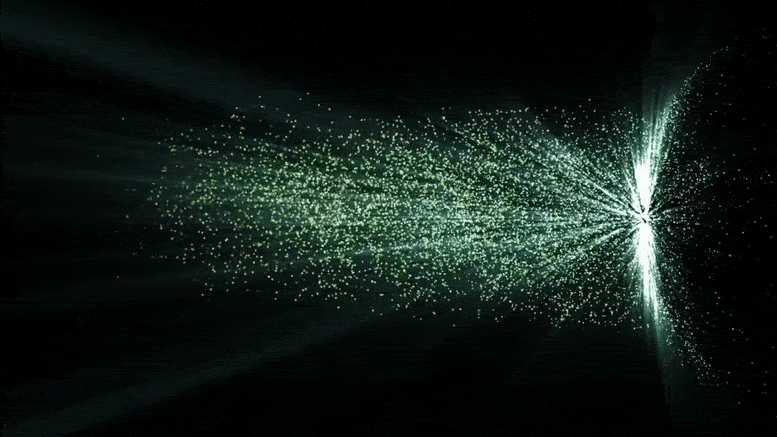
Particle Generation Physics Concept
A paper based on joint research by Prof. YUAN Changzheng from Institute of High Energy Physics of the Chinese Academy of Sciences, and Prof. Marek Karliner from Tel Aviv University of Israel, was published in Physical Review Letters. It points out a new abundant source of antineutrons and hyperons. These rare subatomic particles are essential for studying forces governing the behavior of matter at the smallest distances, from atomic nuclei to neutron stars. This paper was selected as an “editors’ suggestion” and “Featured in Physics” article for the journal.
Physicists investigate the subatomic world by bombarding their subjects with a hail of tiny subatomic “bullets.” Based on how these “bullets” bounce off their target, one can infer a wealth of detailed information about the target’s structure. This method was pioneered by Ernest Rutherford, who used it to discover the atomic nucleus more than 100 years ago.
Different kinds of subatomic “bullets” robe different aspects of the target, just like X-rays, MRI and PET scanners reveal various essential features of a body part in medical imaging. Certain important aspects of the force holding atomic nuclei together can only be investigated by shooting particles called antineutrons and hyperons, which are currently very difficult to produce and control.
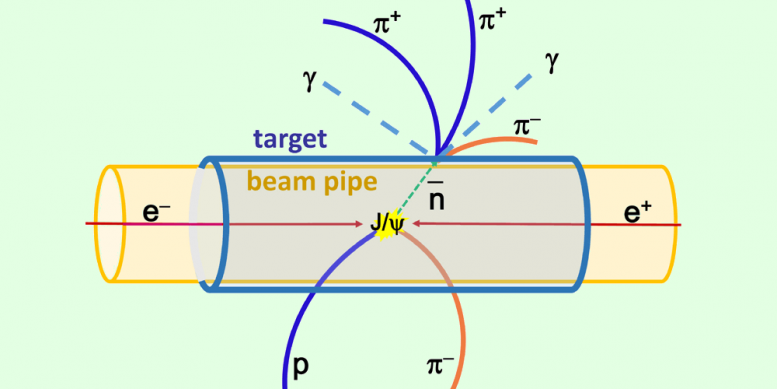
Schematic diagram of antineutron production and interaction with a proton in the target. Credit: IHEP
The paper points out that these usually rare particles can be produced in copious amounts and easily launched as a spinoff of a future “super J/ψ factory.” This is a facility proposed for the detailed study of specific types of subatomic particles with a property called “hidden charm,” whose discovery has been recognized by a Nobel Prize in physics. This opens fresh research opportunities in particle and nuclear physics, as well as in astrophysics and medical physics.
Traditional setups need to produce many different kinds of beams for different dedicated experiments and need to share accelerator time among them. This requires substantial resources in terms of manpower and funding, thus impeding such experiments. In contrast, the approach proposed in this new research will allow experiments with different beams at the same time, requiring no additional infrastructure and minimal further investment.
Reference: “Cornucopia of Antineutrons and Hyperons from a Super J/ψ Factory for Next-Generation Nuclear and Particle Physics High-Precision Experiments” by Chang-Zheng Yuan and Marek Karliner, 30 June 2021, Physical Review Letters.
DOI: 10.1103/PhysRevLett.127.012003

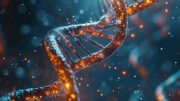


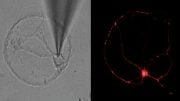

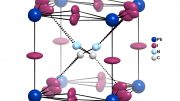
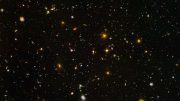
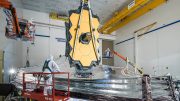
Be the first to comment on "Scientists Propose New Source for Rare Subatomic “Bullets”"